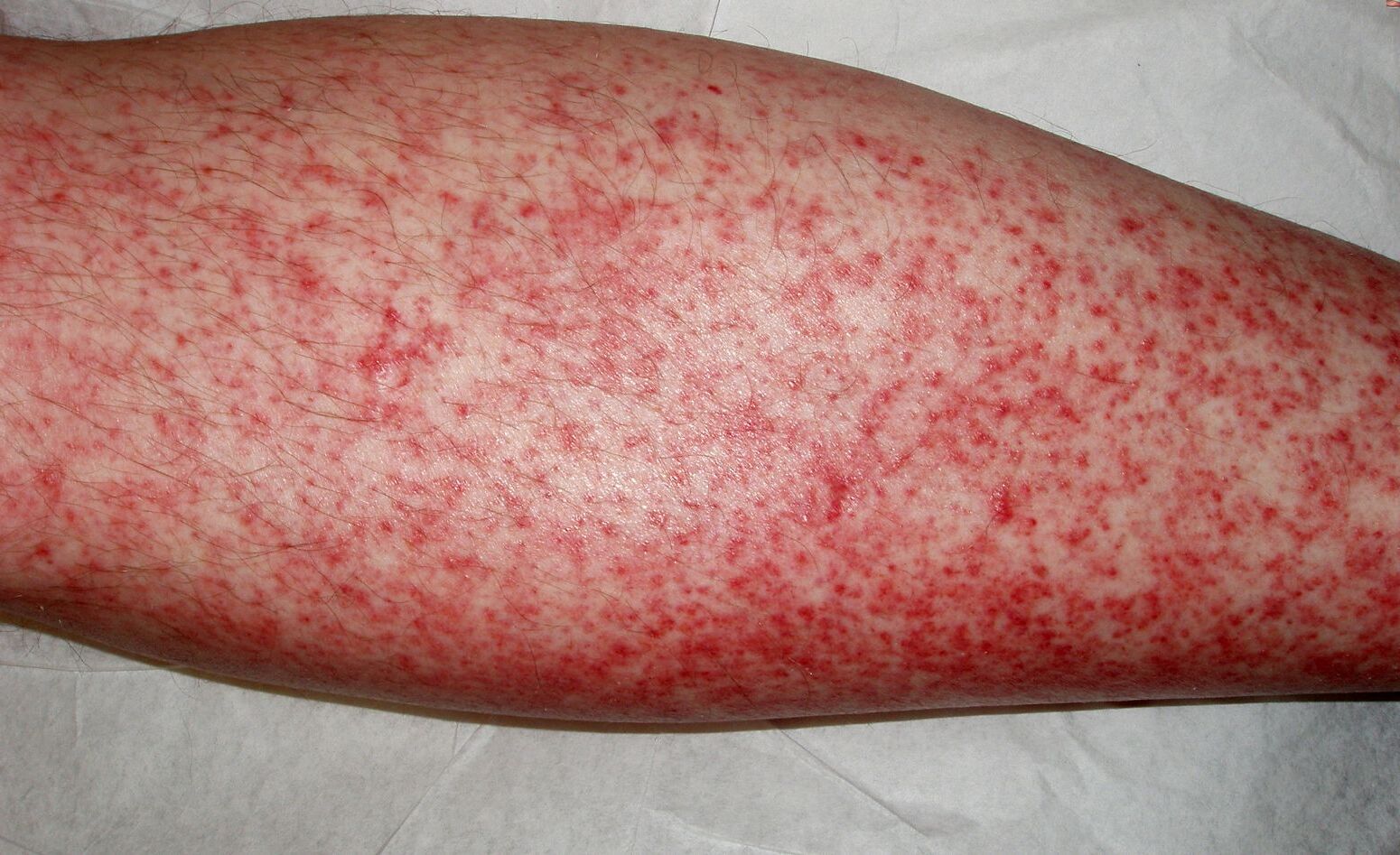
Drug Reaction with Eosinophilia and Systemic Symptoms (DRESS) is a severe, potentially life-threatening condition caused by certain medications. It involves a complex interplay of drug hypersensitivity reactions, leading to widespread symptoms. DRESS can affect multiple organs, including the liver, kidneys, and lungs, making early diagnosis and treatment crucial. Symptoms often include fever, rash, and swollen lymph nodes, accompanied by an increase in eosinophils, a type of white blood cell. Understanding the triggers, symptoms, and treatment options for DRESS is essential for anyone taking medications that might cause this reaction. Here are 20 essential facts to help you grasp the intricacies of this condition.
What is Drug Reaction With Eosinophilia And Systemic Symptoms (DRESS)?
Drug Reaction With Eosinophilia And Systemic Symptoms, or DRESS, is a rare but severe reaction to certain medications. It involves multiple organ systems and can be life-threatening. Understanding DRESS is crucial for early diagnosis and treatment.
-
DRESS is a severe drug-induced reaction: It can affect the skin, liver, kidneys, and other organs.
-
Eosinophilia is a hallmark of DRESS: This means an increased number of eosinophils, a type of white blood cell, in the blood.
-
Symptoms can appear 2-8 weeks after starting a new medication: This delayed onset makes it challenging to identify the cause.
-
Common symptoms include fever, rash, and swollen lymph nodes: These symptoms can be mistaken for other illnesses.
-
Liver involvement is common: Hepatitis is a frequent complication, leading to jaundice and elevated liver enzymes.
Causes and Risk Factors
Understanding the causes and risk factors of DRESS can help in preventing this serious condition. Certain medications and genetic factors play a significant role.
-
Antiepileptic drugs are common culprits: Medications like carbamazepine, phenytoin, and lamotrigine are often associated with DRESS.
-
Antibiotics can also trigger DRESS: Sulfonamides, minocycline, and vancomycin are known to cause this reaction.
-
Genetic predisposition increases risk: Certain genetic markers, like HLA-B*1502, are linked to a higher risk of DRESS.
-
Reactivation of herpes viruses: In some cases, DRESS is associated with the reactivation of herpes viruses like HHV-6.
-
Immunosuppressed individuals are at higher risk: People with weakened immune systems are more susceptible to developing DRESS.
Diagnosis and Treatment
Early diagnosis and appropriate treatment are vital for managing DRESS. Medical professionals use various criteria and tests to identify and treat this condition.
-
Diagnosis involves clinical criteria and lab tests: The RegiSCAR criteria are commonly used to diagnose DRESS.
-
Skin biopsy can aid in diagnosis: A biopsy of the rash can show characteristic features of DRESS.
-
Corticosteroids are the mainstay of treatment: These drugs help reduce inflammation and control symptoms.
-
Stopping the offending drug is crucial: Discontinuing the medication that caused DRESS is the first step in treatment.
-
Supportive care is essential: This includes managing symptoms and monitoring organ function.
Complications and Prognosis
DRESS can lead to severe complications if not treated promptly. Understanding the potential outcomes can help in managing expectations and improving patient care.
-
Organ failure is a serious complication: Liver, kidney, and heart failure can occur in severe cases.
-
Long-term monitoring is often necessary: Patients may need regular follow-ups to monitor organ function.
-
Mortality rate can be as high as 10%: Early diagnosis and treatment are crucial for improving survival rates.
-
Relapse can occur: Some patients may experience a recurrence of symptoms even after treatment.
-
Chronic health issues may develop: Long-term complications like thyroiditis or diabetes can arise after DRESS.
Final Thoughts on DRESS Syndrome
DRESS syndrome, or Drug Reaction with Eosinophilia and Systemic Symptoms, is a serious condition that demands attention. Recognizing the symptoms early can make a huge difference in treatment outcomes. Eosinophilia, fever, rash, and organ involvement are key indicators. If you suspect DRESS, seek medical help immediately.
Understanding the triggers and risk factors can help in prevention. Certain medications, like anticonvulsants and antibiotics, are common culprits. Always inform your healthcare provider about any drug allergies or previous reactions.
Treatment often involves stopping the offending drug and managing symptoms with corticosteroids or other medications. Regular follow-ups are crucial to monitor recovery and prevent complications.
Stay informed, stay vigilant, and prioritize your health. Knowledge about DRESS syndrome can save lives. Share this information with others to spread awareness.
Was this page helpful?
Our commitment to delivering trustworthy and engaging content is at the heart of what we do. Each fact on our site is contributed by real users like you, bringing a wealth of diverse insights and information. To ensure the highest standards of accuracy and reliability, our dedicated editors meticulously review each submission. This process guarantees that the facts we share are not only fascinating but also credible. Trust in our commitment to quality and authenticity as you explore and learn with us.


